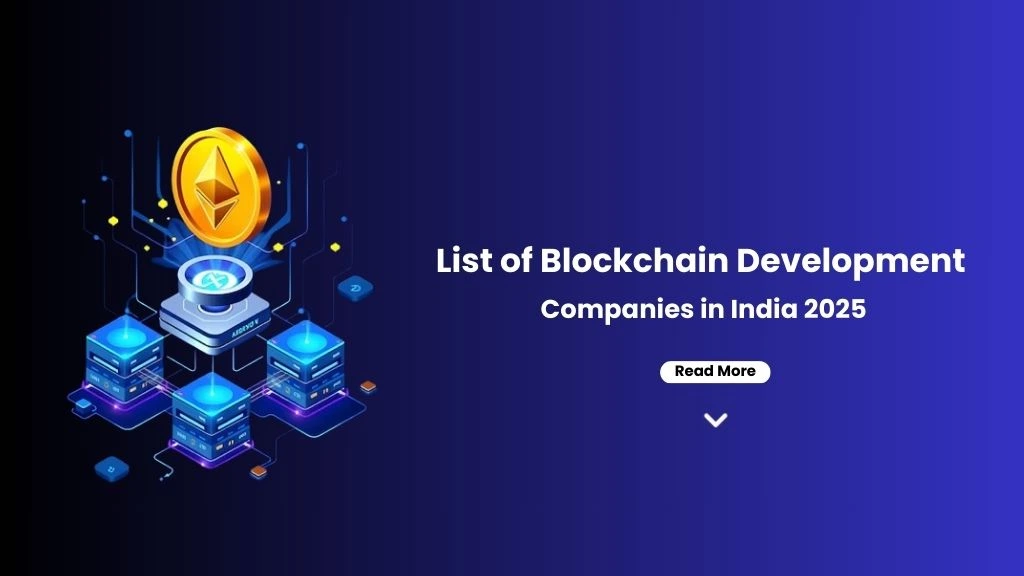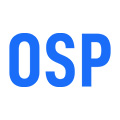Optimizing Healthcare Revenue with Advanced Medical Billing Solutions:
Efficient medical billing plays a vital role in the financial health of healthcare providers, ensuring they are reimbursed for the services they render. However, traditional billing processes can be error-prone, time-consuming, and difficult to manage. This is where medical billing solutions come in. These solutions automate and streamline the billing process, improving accuracy, reducing costs, and speeding up the entire revenue cycle. They cover everything from insurance eligibility verification and claims submission to payment tracking and reporting, ensuring faster reimbursements and better financial management for healthcare providers.
Key Features of Medical Billing Solutions:
Insurance Eligibility Verification: Automated verification of insurance eligibility is one of the foundational features of a medical billing system. This helps providers verify patient coverage in real-time, ensuring that only insured services are billed. It eliminates the need for time-consuming manual verification, streamlining workflows and preventing claim denials due to insurance issues.
Medical Coding and Charge Capture: Medical coding is a critical component of billing, determining the correct reimbursement for services. Automated medical billing solutions integrate coding systems such as ICD-10, CPT, and HCPCS to automatically capture charges and ensure accurate coding, reducing errors and improving claims acceptance rates.
Claims Management: Medical billing systems simplify the process of submitting, tracking, and managing claims to insurance companies. These systems automatically generate claims based on the information captured during patient visits and follow up on rejected or denied claims to ensure timely reimbursement.
Revenue Cycle Management: A key benefit of medical billing solutions is optimizing the entire revenue cycle, from the moment a patient walks in to the final payment is received. By automating repetitive tasks such as charge capture, claim submission, and payment posting, these systems reduce the administrative burden, shorten the revenue cycle, and improve cash flow for healthcare providers.
EHR Integration: Electronic Health Records (EHR) integration enhances the functionality of medical billing solutions by providing a seamless flow of patient data between clinical and financial departments. This ensures accurate documentation, eliminates duplicate data entry, and reduces errors, all of which contribute to faster claims processing and fewer billing discrepancies.
Payment Processing: Modern medical billing solutions offer integrated payment processing, allowing patients to pay their bills online, through mobile apps, or via other digital payment methods. This flexibility not only improves patient satisfaction but also accelerates payment collection.
The Future of Medical Billing Solutions:
The future of medical billing solutions looks promising as technology continues to evolve. Innovations such as artificial intelligence (AI), machine learning, and blockchain are expected to further enhance the functionality of medical billing systems. AI can help predict claim denials before they occur, while machine learning can automate more complex billing tasks. Additionally, blockchain technology could offer secure, transparent billing records and improve interoperability between healthcare systems.
Conclusion:
Medical billing solutions are indispensable tools for healthcare providers looking to streamline their billing processes and improve financial management. By automating tasks such as insurance verification, coding, claims submission, and payment processing, these systems help reduce errors, speed up reimbursements, and improve overall revenue cycle management. With benefits such as increased accuracy, faster payments, and cost savings, implementing a medical billing solution is essential for healthcare providers looking to improve operational efficiency and enhance patient satisfaction. As healthcare technology continues to advance, medical billing solutions will continue to evolve, offering even more opportunities to optimize healthcare revenue management.
Source:
https://www.osplabs.com/medical-billing-solutions/
Optimizing Healthcare Revenue with Advanced Medical Billing Solutions:
Efficient medical billing plays a vital role in the financial health of healthcare providers, ensuring they are reimbursed for the services they render. However, traditional billing processes can be error-prone, time-consuming, and difficult to manage. This is where medical billing solutions come in. These solutions automate and streamline the billing process, improving accuracy, reducing costs, and speeding up the entire revenue cycle. They cover everything from insurance eligibility verification and claims submission to payment tracking and reporting, ensuring faster reimbursements and better financial management for healthcare providers.
Key Features of Medical Billing Solutions:
Insurance Eligibility Verification: Automated verification of insurance eligibility is one of the foundational features of a medical billing system. This helps providers verify patient coverage in real-time, ensuring that only insured services are billed. It eliminates the need for time-consuming manual verification, streamlining workflows and preventing claim denials due to insurance issues.
Medical Coding and Charge Capture: Medical coding is a critical component of billing, determining the correct reimbursement for services. Automated medical billing solutions integrate coding systems such as ICD-10, CPT, and HCPCS to automatically capture charges and ensure accurate coding, reducing errors and improving claims acceptance rates.
Claims Management: Medical billing systems simplify the process of submitting, tracking, and managing claims to insurance companies. These systems automatically generate claims based on the information captured during patient visits and follow up on rejected or denied claims to ensure timely reimbursement.
Revenue Cycle Management: A key benefit of medical billing solutions is optimizing the entire revenue cycle, from the moment a patient walks in to the final payment is received. By automating repetitive tasks such as charge capture, claim submission, and payment posting, these systems reduce the administrative burden, shorten the revenue cycle, and improve cash flow for healthcare providers.
EHR Integration: Electronic Health Records (EHR) integration enhances the functionality of medical billing solutions by providing a seamless flow of patient data between clinical and financial departments. This ensures accurate documentation, eliminates duplicate data entry, and reduces errors, all of which contribute to faster claims processing and fewer billing discrepancies.
Payment Processing: Modern medical billing solutions offer integrated payment processing, allowing patients to pay their bills online, through mobile apps, or via other digital payment methods. This flexibility not only improves patient satisfaction but also accelerates payment collection.
The Future of Medical Billing Solutions:
The future of medical billing solutions looks promising as technology continues to evolve. Innovations such as artificial intelligence (AI), machine learning, and blockchain are expected to further enhance the functionality of medical billing systems. AI can help predict claim denials before they occur, while machine learning can automate more complex billing tasks. Additionally, blockchain technology could offer secure, transparent billing records and improve interoperability between healthcare systems.
Conclusion:
Medical billing solutions are indispensable tools for healthcare providers looking to streamline their billing processes and improve financial management. By automating tasks such as insurance verification, coding, claims submission, and payment processing, these systems help reduce errors, speed up reimbursements, and improve overall revenue cycle management. With benefits such as increased accuracy, faster payments, and cost savings, implementing a medical billing solution is essential for healthcare providers looking to improve operational efficiency and enhance patient satisfaction. As healthcare technology continues to advance, medical billing solutions will continue to evolve, offering even more opportunities to optimize healthcare revenue management.
Source: https://www.osplabs.com/medical-billing-solutions/








